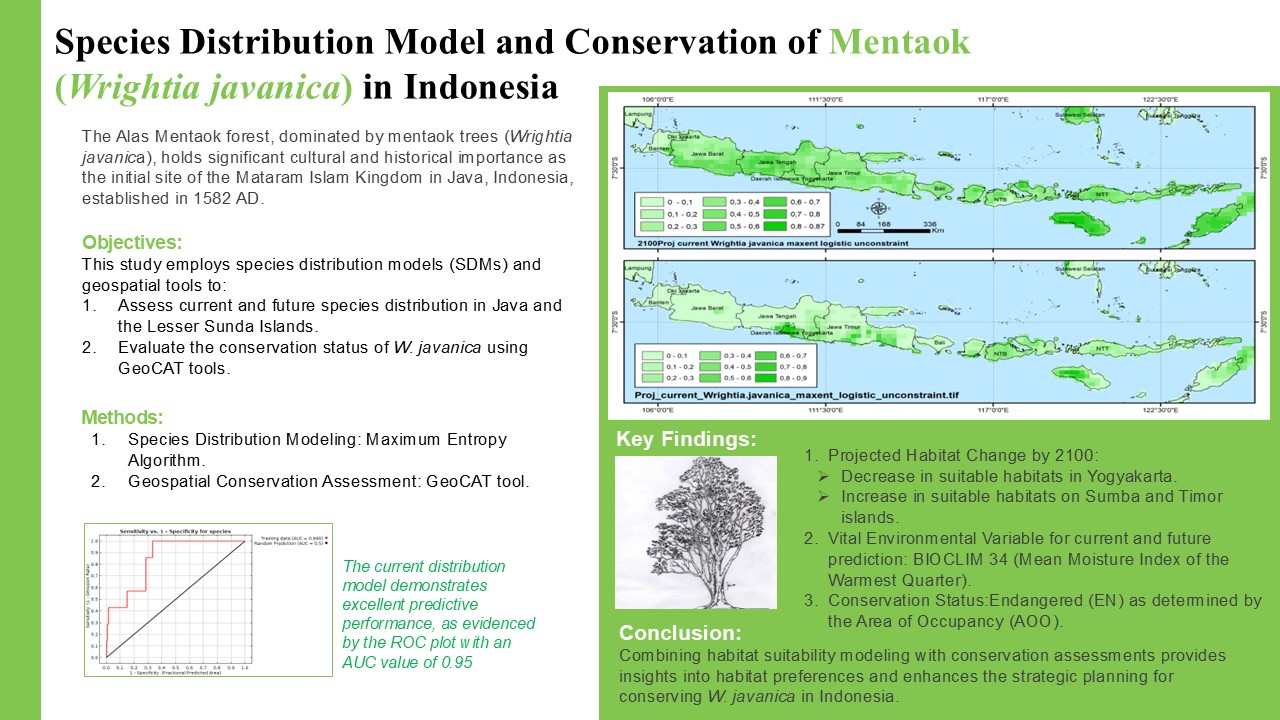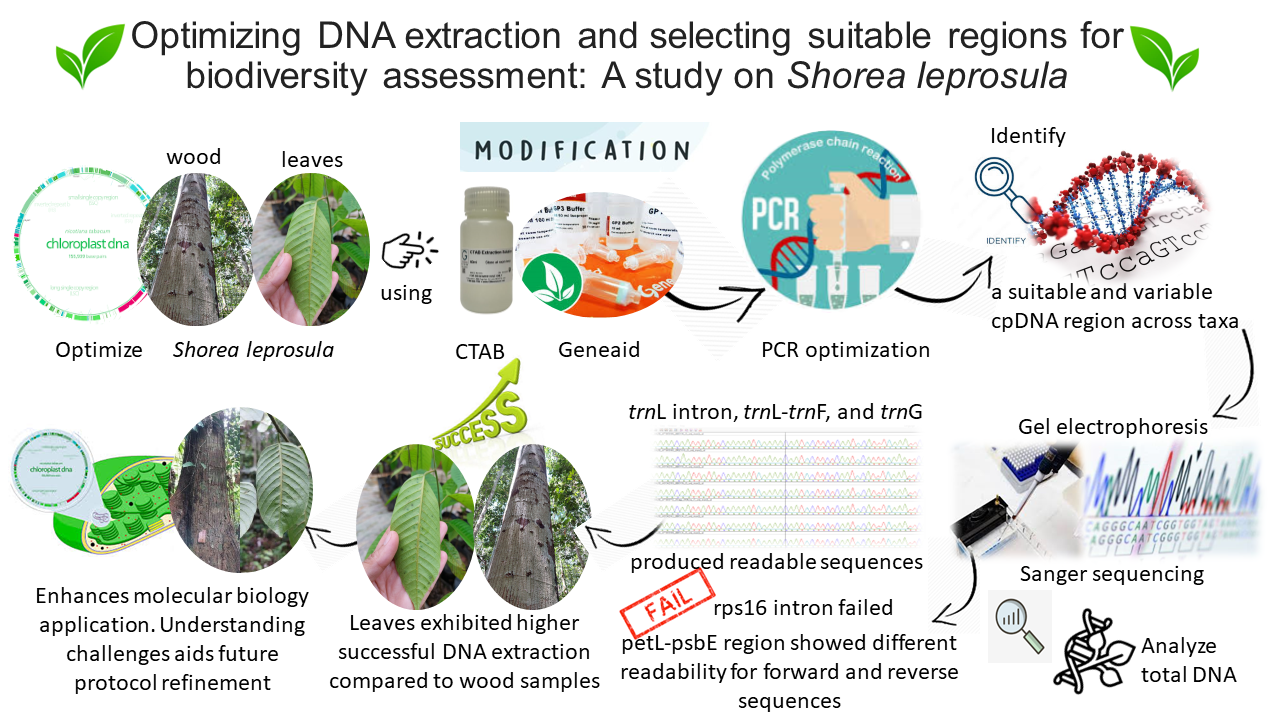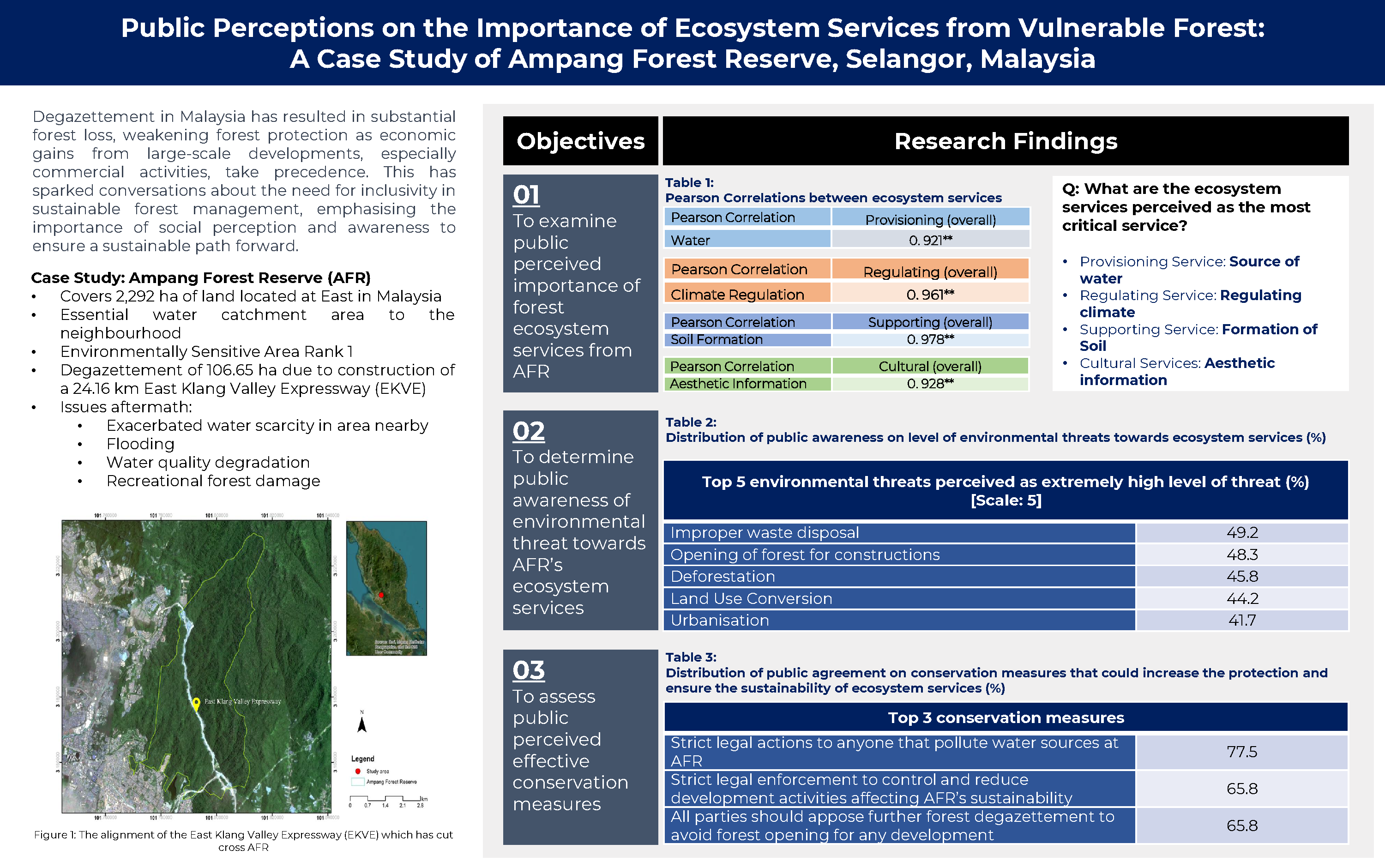Genetic Diversity of Eurycoma longifolia Jack Based on Random Amplified Polymorphic DNA Marker
Abstract
Eurycoma longifolia Jack is one of the extensively exploited medicinal plants in Indonesia. The objectives of this study were to obtain information on genetic diversity and population genetic structure of E. longifolia to formulate effective conservation plan. RAPD marker was used to assess the genetic diversity of E. longifolia collected from 5 natural populations in Riau Province. A total of 25 plants were analyzed using 5 RAPD primers, which amplified produced 44 scored DNA bands. The mean observed number of alleles per locus (No), number of effective alleles (Ne), and percentage of polymorphic loci (PPL) of E. longifolia were 1.57, 1.34, and 56.80%, respectively. The degree of differentiation among populations of E. longifolia was 0.31 (Ht = 0.29; Hs = 0.20). The mean value of estimated gene flow among populations of E. longifolia was 1.11 individual per generation. The UPGMA dendogram formed 2 significant clusters. The first cluster consisted of Pelalawan and Kampar populations, while the second cluster was formed from Kuansing, Rohul, and Rohil population. The genetic diversity information in this study is very important to perform efficient conservation and effective future management of its genetic resources.









